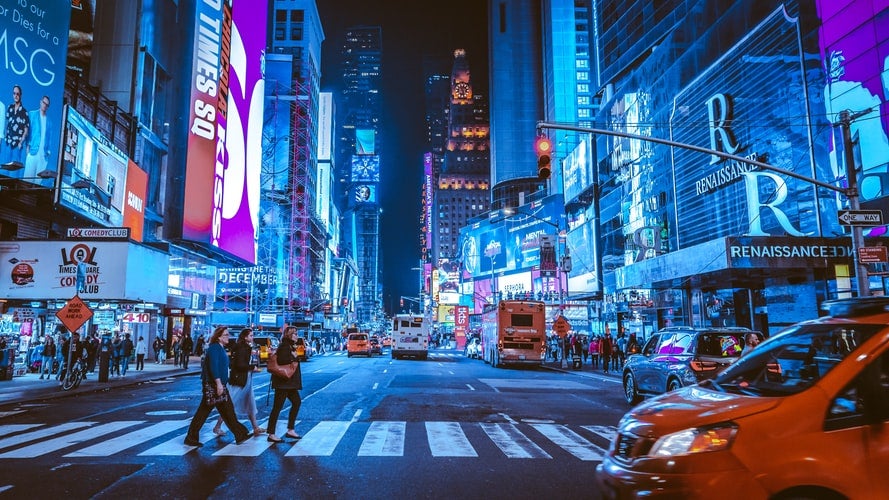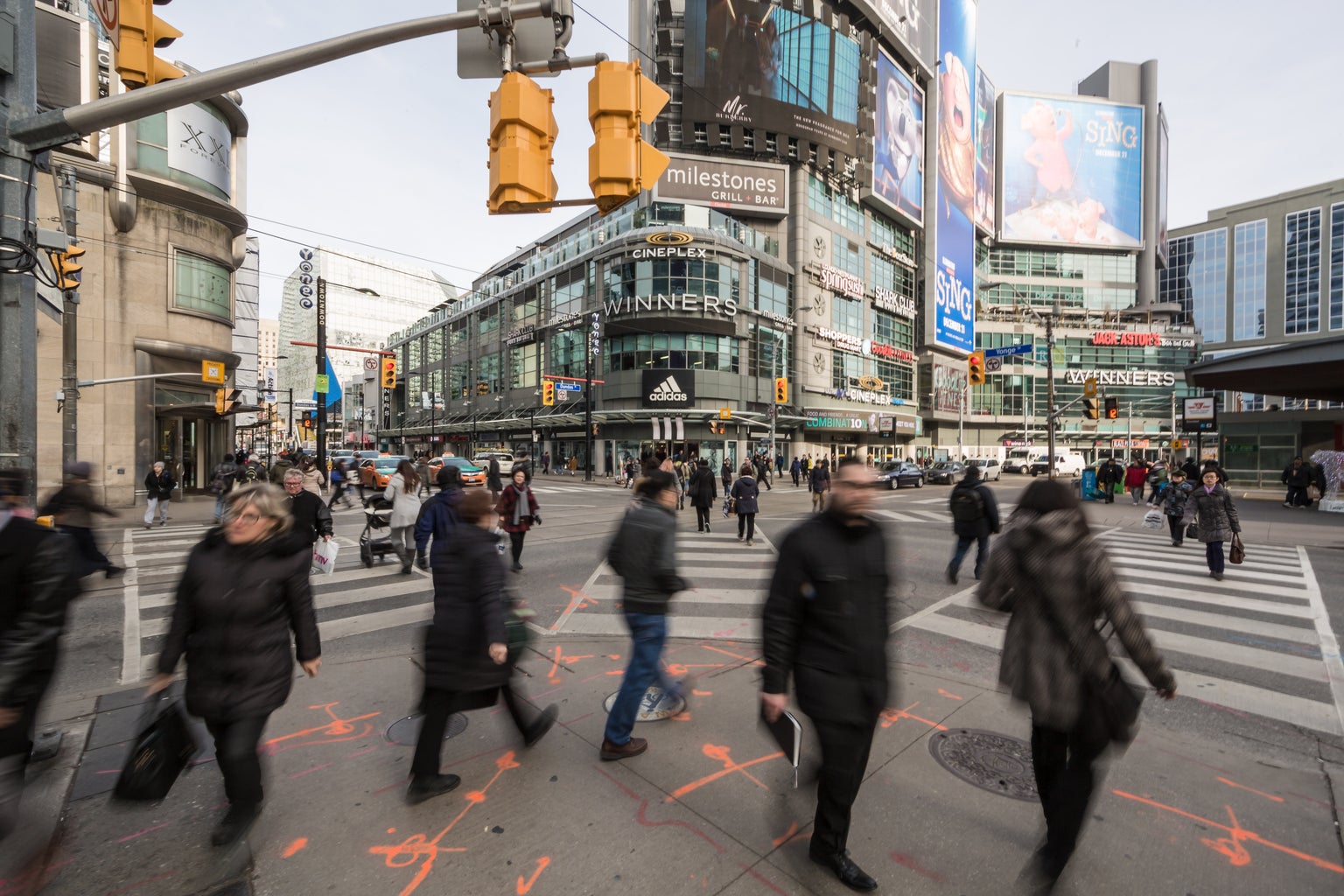If you’re given a chance to live in the center of a metropolis, you may notice that people are always expressionless and commuting in a rush. They may either wear earphones without squinting or stare at phones without blinking as if there is nothing around to attract their attentions. A New Yorker, John Wilson, noticed this phenomenon and found a deluge of people appear silent in a busy street. He started talking to people and asking them about his confusion on it, and subsequently spent almost two year filming his own experience into a documentary called How To with John Wilson.
This documentary includes a total of six episodes that appear in the form of video diary. Wilson hides behinds the camera and takes some unknown shots, while the voice-over is his chattering speech. Each episode has an exclusive theme, yet some themes seem a little bit nonsense to the mainstream audience. Wilson acts as an interviewer, photographer, and narrator. He starts each episode by throwing a simple question. He walks around the street at will, encounters different kinds of people, and tries to find answers by chatting with them. Meanwhile, New York City in the film seems surprising as well, with high rise in the background, trash cans, crowded subways, busy streets, and people rushing along with food spilled on the road. Yet, this is a unique way that presents a real and unrestricted record of urban life.

-
The core idea of chit-chat is to build a polite communication space, neither too alienated nor too enthusiastic, but to maintain a delicate balance.
-
If you are generally not a person who specializes in chatting, you may use some means to bait others such as peculiar outfits or special modes of transportation.
-
The subject of the chat should be positive, so as not to annoy the person in the conversation. For example, most people will habitually hide dissatisfaction in their minds.
-
The relationship with acquaintances is more subtle. No matter how bad your mood is, you should never talk to them, thus many urbanities will put on a disguise that pretends they’re busy.
-
People are likely to keep a social distance with a smile on their faces, while they’re still cover with a shell of alienation. The truth is that the more you talk to others, the harder it is to conceal your true self.
-
However, what is more peculiar is that people are eager for in-depth communication with others, and sometimes uncontrollably want to confide in strangers.
In fact, the suggestions claimed in the film may not be instructive, nor do they necessarily teach the viewers any truth due to the reason that Wilson himself is often in entanglement and confusion as well. However, Wilson can always point out the subtle contradictions in modern life frankly and keenly. The absurd and interesting stories that happen randomly on the street seem to be accidental, but they can bring new insights and thinking. Wilson was surprised that his film resonates people so much, but he insists that his life hasn’t changed at all. He urges to take photos of everything and make them into art. In the meantime, people have begun to look forward to the sequel series of the movie and Wilson’s new thinking about urban life or this world.




